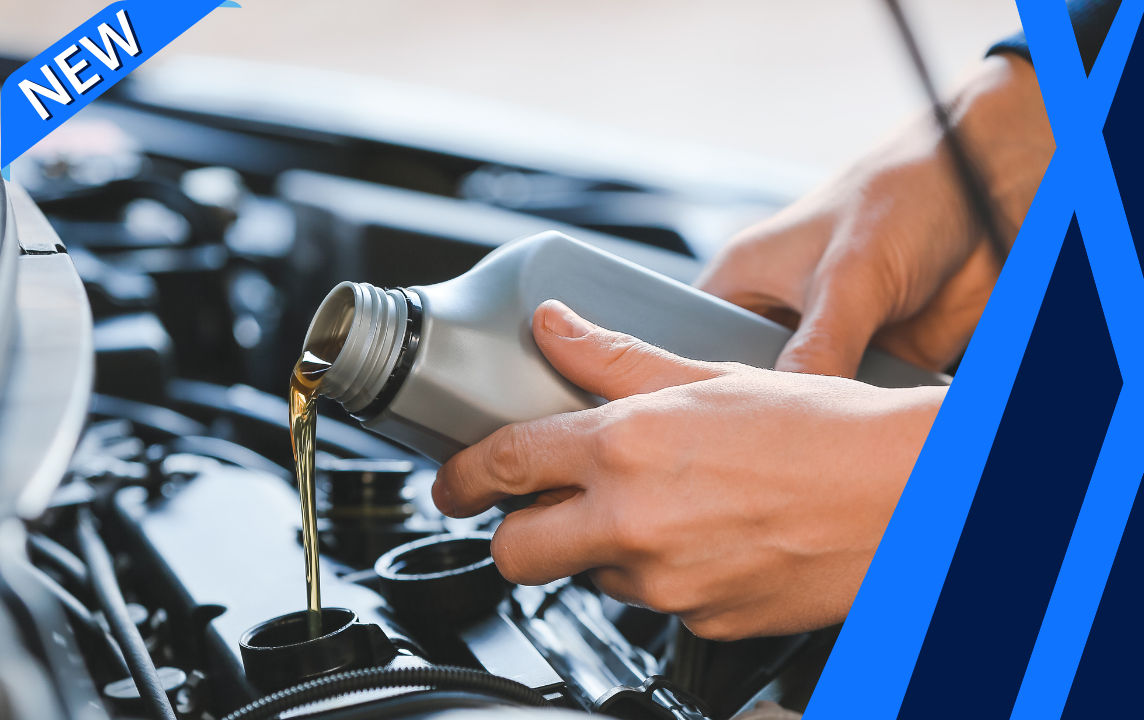Description
Crankshaft Position Sensor Replacement
What is the Crankshaft Position Sensor all about?
Many newer cars have computerised engine management systems that rely on sensors to report data to the computer. The crankshaft position sensor is used in conjunction with the camshaft position sensor to control ignition timing, let the computer know when to inject fuel and provide a spark sequence. Due to the mounting locations of this sensor, it is common for heat and oil leaks to cause this sensor to fail.
Keep in mind:
- Damage to the crankshaft position sensor is sometimes caused by leaking oil, which means another component of your vehicle may need replacement or repair.
- The electrical connector can also be damaged and should be inspected every time the position sensor is replaced.
How it’s done:
- Scan the car for trouble codes.
- Remove and replace the crankshaft position sensor.
- Clear trouble codes.
- Check for the proper operation of the car.
Our recommendation:
The crankshaft position sensor will usually let you know when it needs replacing. The Check Engine warning light will illuminate, and you may notice that your vehicle has a hard time starting or running smoothly. When you notice any of these signs, schedule an inspection.
What common symptoms indicate you may need to replace the Crankshaft Position Sensor?
- The car does not start.
- Check engine light is on.
- Car misfires (car runs rough).
How important is this service?
The crankshaft position sensor relays critical information to your vehicle’s computer management system. The sensor provides the management system with the information it needs to control ignition timing, and it lets the computer know when it needs to give sparks and fuel. Without a functioning crankshaft position sensor, the computerised management system doesn’t receive this critical information, and the vehicle will either not start or will misfire while you’re driving it.




